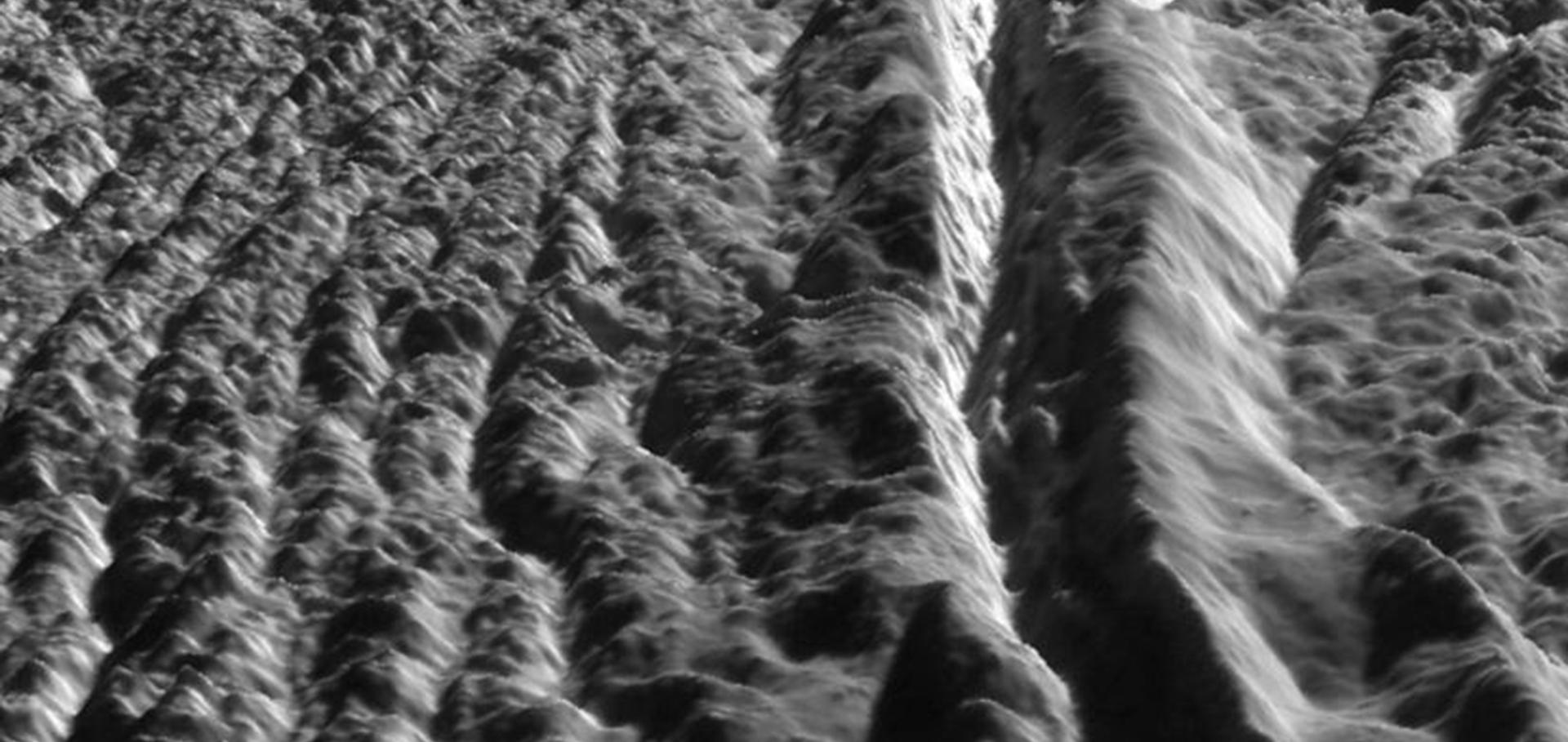Limits on Dione's activity using Cassini/CIRS data
Geophysical Research Letters Wiley 45:12 (2018) 5876-5898
Abstract:
We use nighttime Cassini Composite Infrared Spectrometer (CIRS) data to look for discrete regions of elevated nighttime temperatures indicative of endogenic activity on Dione's surface. This is achieved by producing low latitude and midlatitude (less than 60°) maps of Dione's nighttime surface temperature, derived from 10 to 1,100-cm−1 CIRS data. The surface temperatures observed do not show evidence of any small discrete regions of elevated nighttime temperatures and are comparable to temperatures predicted by a passive thermophysical model of Dione's surface. Thus, we conclude that no evidence for activity exists on Dione at midlatitude to low latitude. Using the derived surface temperature maps, we set upper limits for the temperature at which a 50-, 100-, or 200-km2 hot spot would remain undetected by this study. We find the mean temperature of such a hot spot would be 117.1 ± 47.2 K (−249 F), 104.8 ± 27.7 K (−272 F), and 95.4 ± 19.5 K (−288 F) for a 50-, 100-, and 200-km2 hot spot, respectively, corresponding to endogenic emission of 1.07, 0.68, and 0.47 GW.Cold cases: What we don't know about Saturn's Moons
Planetary and Space Science Elsevier 155 (2018) 41-49
Plume Origins and Plumbing (Ocean to Surface)
Chapter in Enceladus and the Icy Moons of Saturn, University of Arizona (2018)
Ring and Magnetosphere Interactions with Satellite Surfaces
Chapter in Enceladus and the Icy Moons of Saturn, University of Arizona (2018)
Surface Composition of Icy Moons
Chapter in Enceladus and the Icy Moons of Saturn, University of Arizona (2018)

